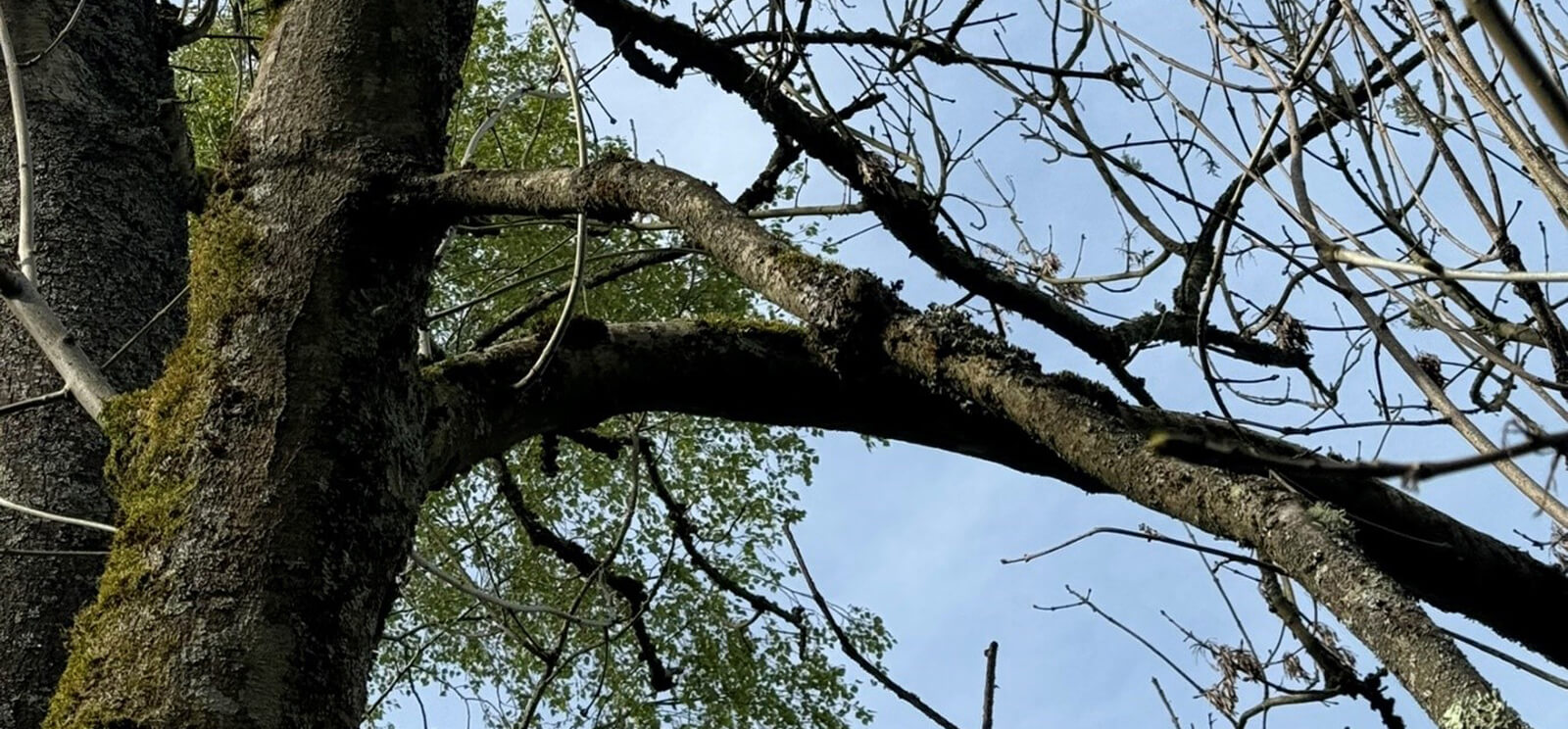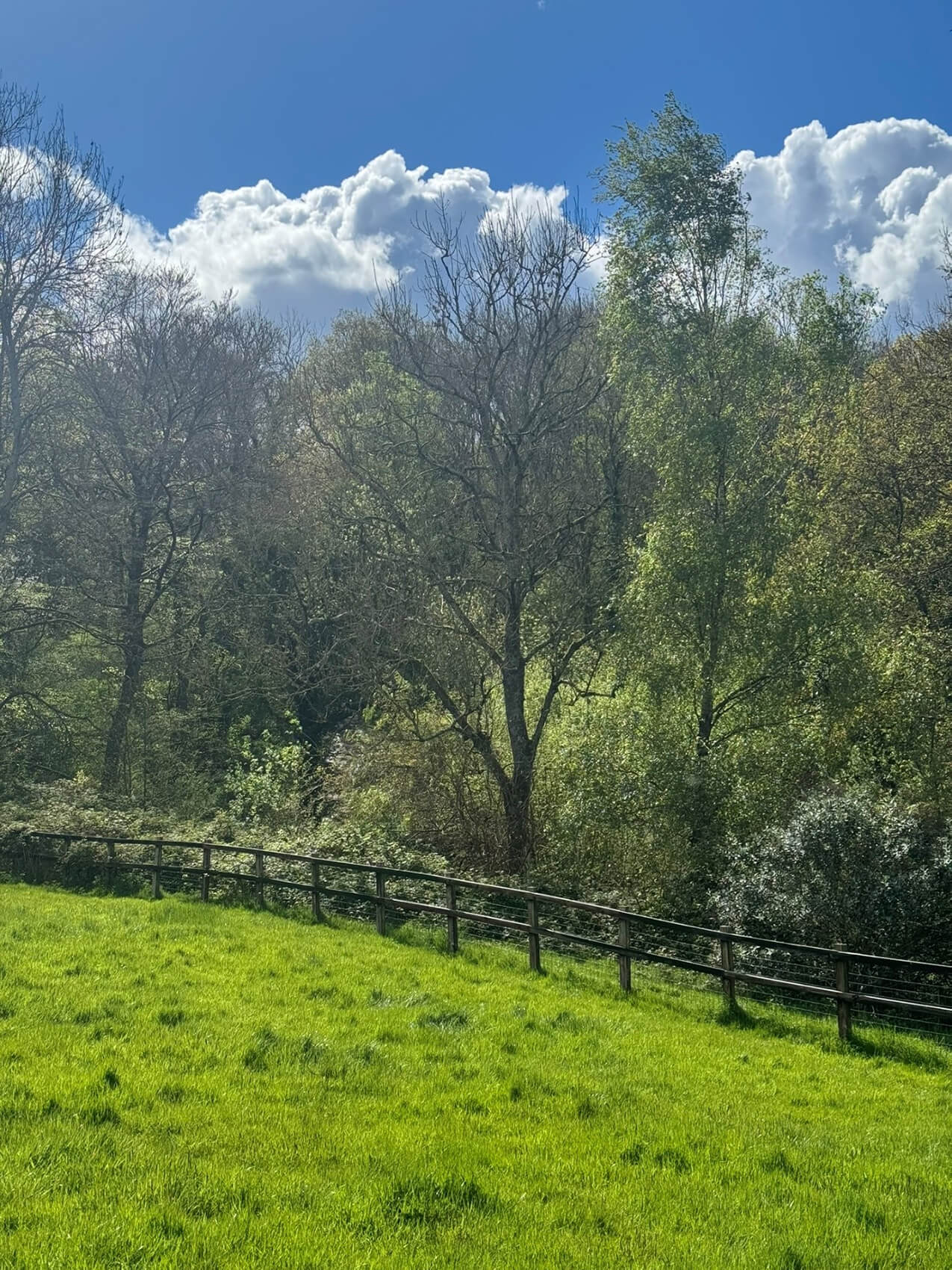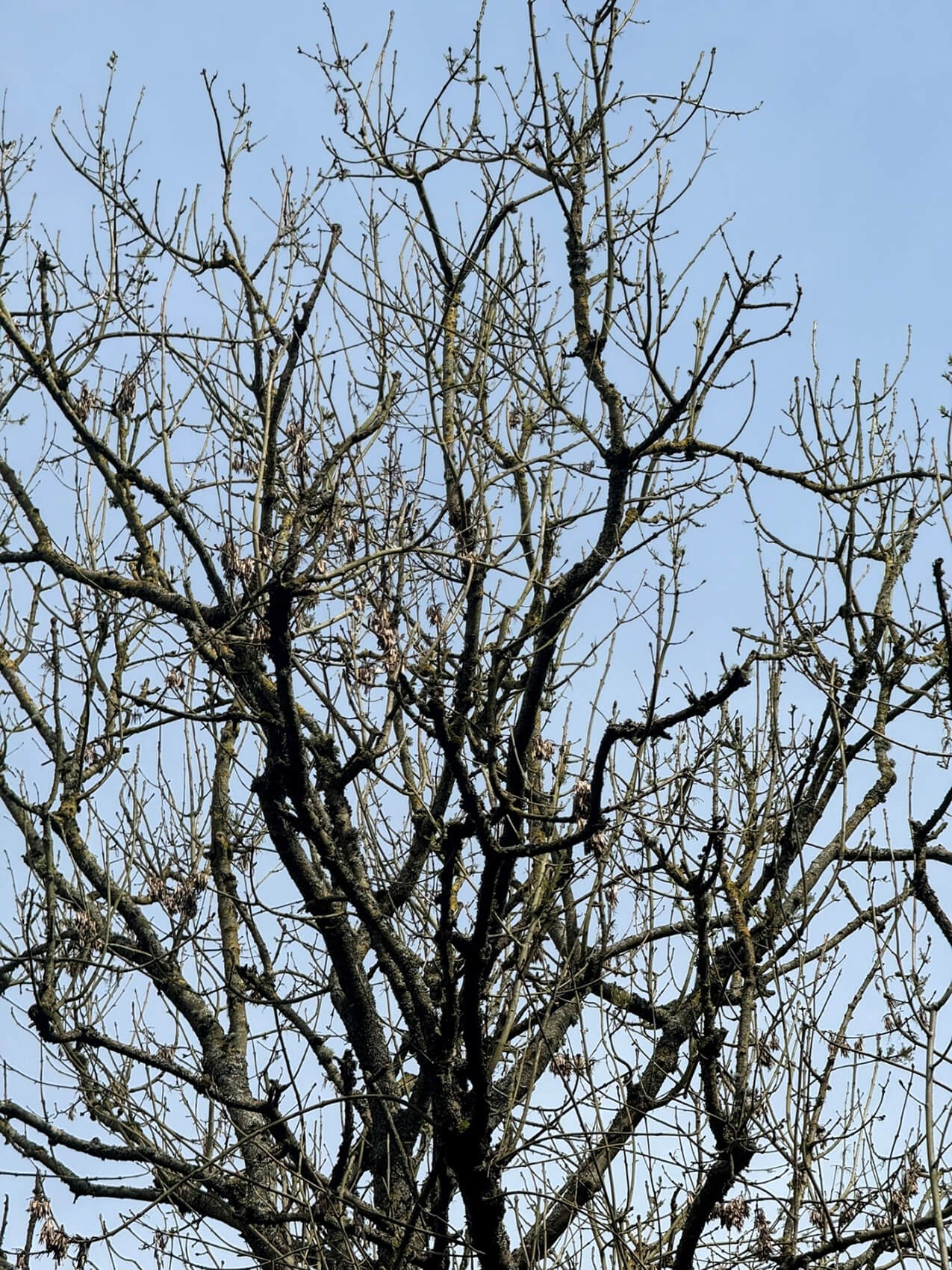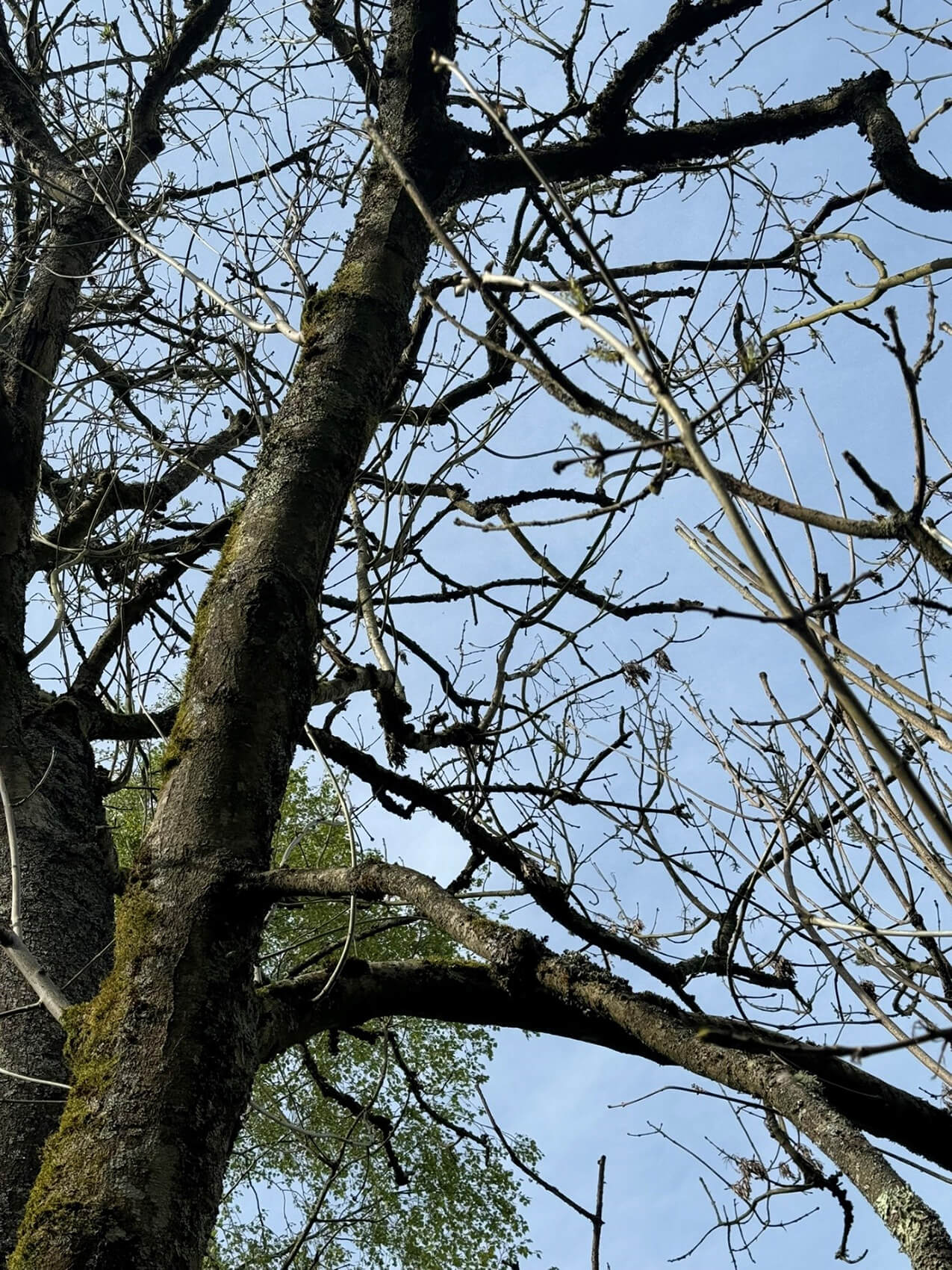The Ash Tree Devastated By Ash Dieback
Ash dieback, caused by the fungal disease Hymenoscyphus fraxineus (commonly known as chalara), poses a significant threat to Britain’s Ash trees, which are among the country’s most prevalent species after Oak and Birch. The disease leads to dark patches on leaves, disrupts water supply, and causes lesions at branch joints, ultimately resulting in tree mortality.
The economic and ecological impact is substantial, with estimates valuing the social and environmental contribution of Ash trees in Britain at over £230 million annually. The disease necessitates proactive measures such as tree removal to prevent further spread, mitigate risks to property and safety, and potentially avert losses estimated at up to £15 billion if the disease remains unchecked.
While current understanding suggests very few trees exhibit tolerance to Ash dieback, anecdotal evidence and ongoing government-supported trials suggest that biochar could play a role in aiding infected trees. Recent applications of biochar plant conditioner to affected Ash trees have shown promising signs of potential recovery, despite no confirmed instances of full recovery from the disease in trial settings thus far.
In March 2024, we applied biochar as an experiment to an infected Ash tree on our farm. The following photographs document the tree’s condition post-application. We are monitoring the situation and will continue to update over time.






